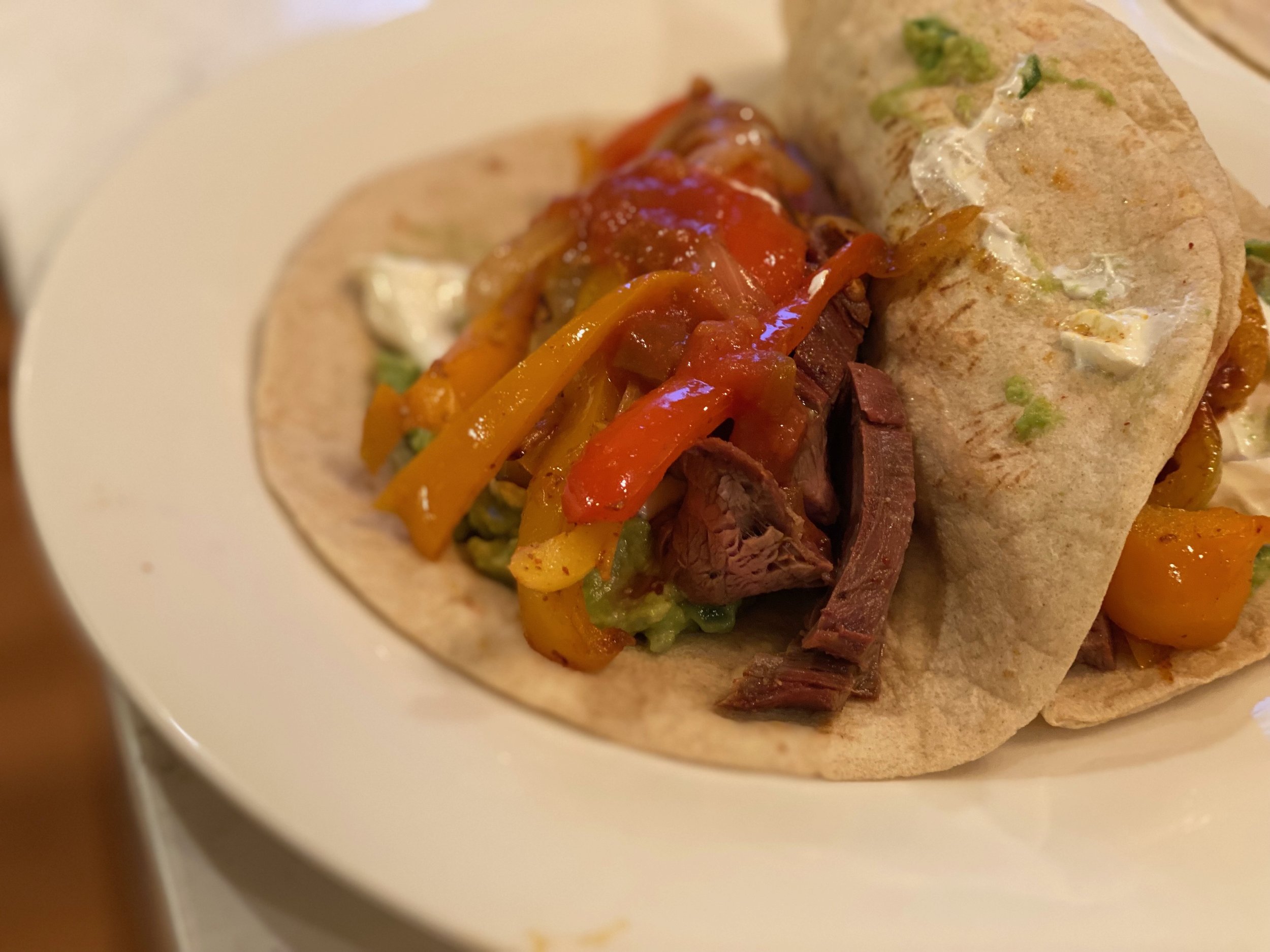
Cooking
Trips & Tricks for Cooking with Grass-Fed Beef
Meat from grass-fed cattle has less water and fat content, with a beefier flavor from the nutritional complexity of pasture grass. This is healthier for you, the cattle, and the earth than traditional corn-fed cattle! This can also change the dynamics of cooking. If you’ve not cooked grass-fed steak before, consider the following tips and alternate cooking methods.
-
Make sure to let the steak come to room temperature before starting to cook it. Thawing in the refrigerator or in cold water will best preserve the meat’s complex flavors.
Consider a marinade for very lean cuts like New York strips and sirloin steaks.
Tenderizing, whether with a device like a Jaccard tenderizer or a meat mallet and your favorite rub in a Ziplock bag can enhance flavor and texture.
Always preheat the oven, pan, or grill before cooking grass-fed beef.
-
Grass-fed beef is ideal at rare to medium-rare temperatures. If you prefer meat well done, cook at a low temperature in a sauce to add moisture. A slow cooker is ideal.
Grass-fed beef cooks about 30% faster than grain-fed beef, so it’s important to be precise. Use a thermometer to test for doneness and watch the temperature carefully. You can go from perfectly cooked to overdone in less than a minute.
The meat will continue to cook after you remove it from the heat, so when it reaches a temperature ten degrees LOWER than the desired temperature, it’s done.
Let the beef sit covered in a warm place for eight to 10 minutes after removing from heat to let the juices redistribute.
Consider methods like reverse searing, indirect grilling, and sous vide for even more great ways to enjoy your grass-fed beef!
